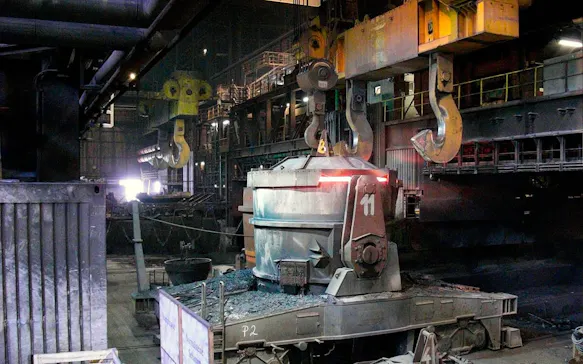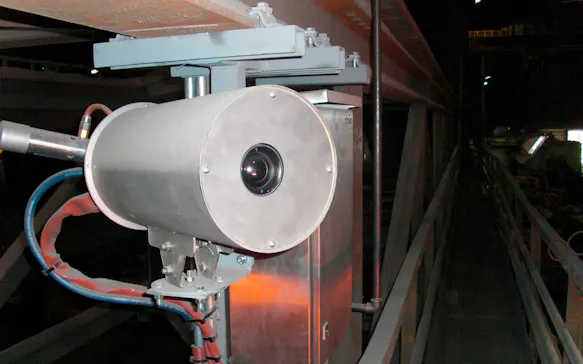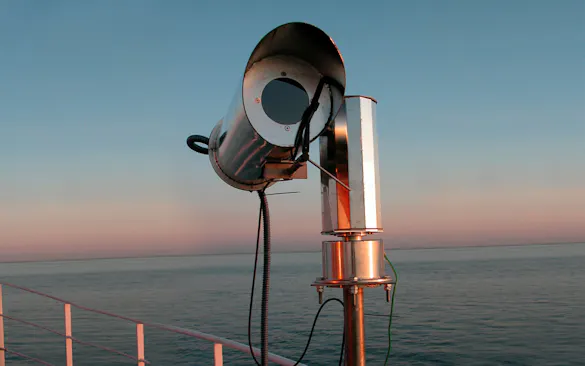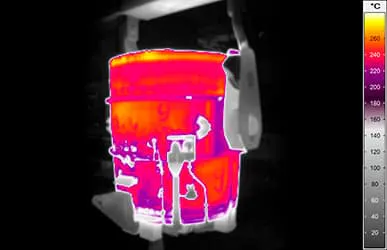Automatic Ladle Monitoring
A ladle typically contains up to 290 tonnes of hot, liquid steel when it is transporting the melted good to the continuous caster. Ladle-temperature measurements with contact-free infrared thermography are an ideal basis for the early detection of impending breakage.
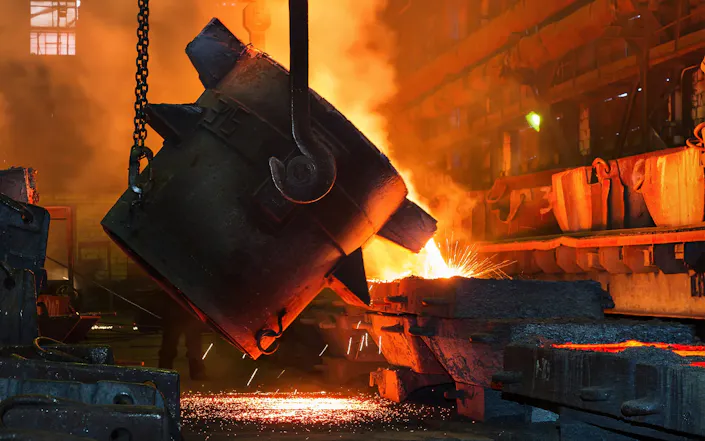
290 tonnes of hot, liquid steel does not only represent a high material value for the steelworks, which has to be protected, but also an enormous hazard potential to the ladle itself, all other equipment and, of course, to the employees of the steelworks, too. Ladle-temperature measurements with contact-free infrared thermography are an ideal basis for the early detection of impending breakage.
InfraTec Solution
ArcelorMittal GmbH, Bremen
www.arcelormittal.com/bremen
System Solution
Ladle Hotspot Detection - LHSD
The ArcelorMittal Bremen GmbH has recognised and taken advantage of this opportunity. The plant has an annual production capacity of some 4 million tonnes of crude steel, which is ultimately an equivalent to more than 14,000 ladles. Huesrev Oezcan was commissioned with minimising this tremendous hazard potential by introducing an automated ladle monitoring system.
He realised his project with the qualified expertise of InfraTec’s engineers, who rely on 20 years of experience in automation of thermographic solutions. InfraTec delivered the entire thermographic ladle monitoring and integrated it completely into ArcelorMittal Bremen’s already existing SPS system control. This was made possible by the competencies of InfraTec’s software developers, who ideally adjusted the solution to the customer’s specifics.
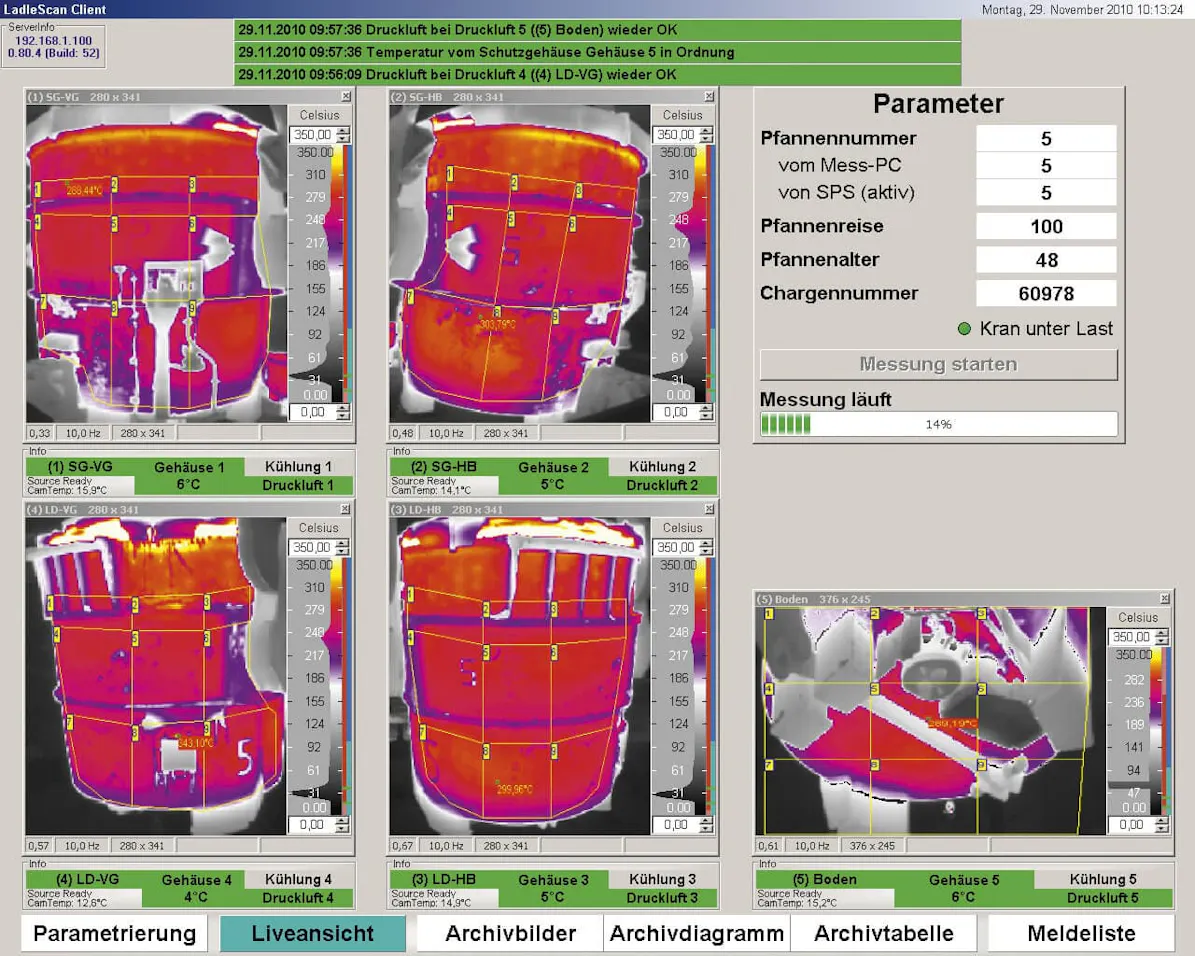
Five precise and industrial-suited thermographic cameras now monitor all ladles during their way through the steelworks to the continuous caster. The cameras of the VarioCAM®-series with their high geometric resolution can display even smallest defects and their outstanding thermal resolution allows for an early detection of thermal abnormalities already during the initial stages. On top of this, the temperature profile of the ladles can be traced over a long period of time via the software interface. The system has been adjusted to the harsh conditions of the foundry, for example by equipping it with solid protective housings, which ensure correct measurements by means of integrated air flushing. Temperature measurements and any occurring alerting are automatically matched with the respective ladles. Thus, ladle breakage can be prevented early on. With all this, ArcelorMittal Bremen minimises their economic risks as well as the hazards posed to their employee’s health.
